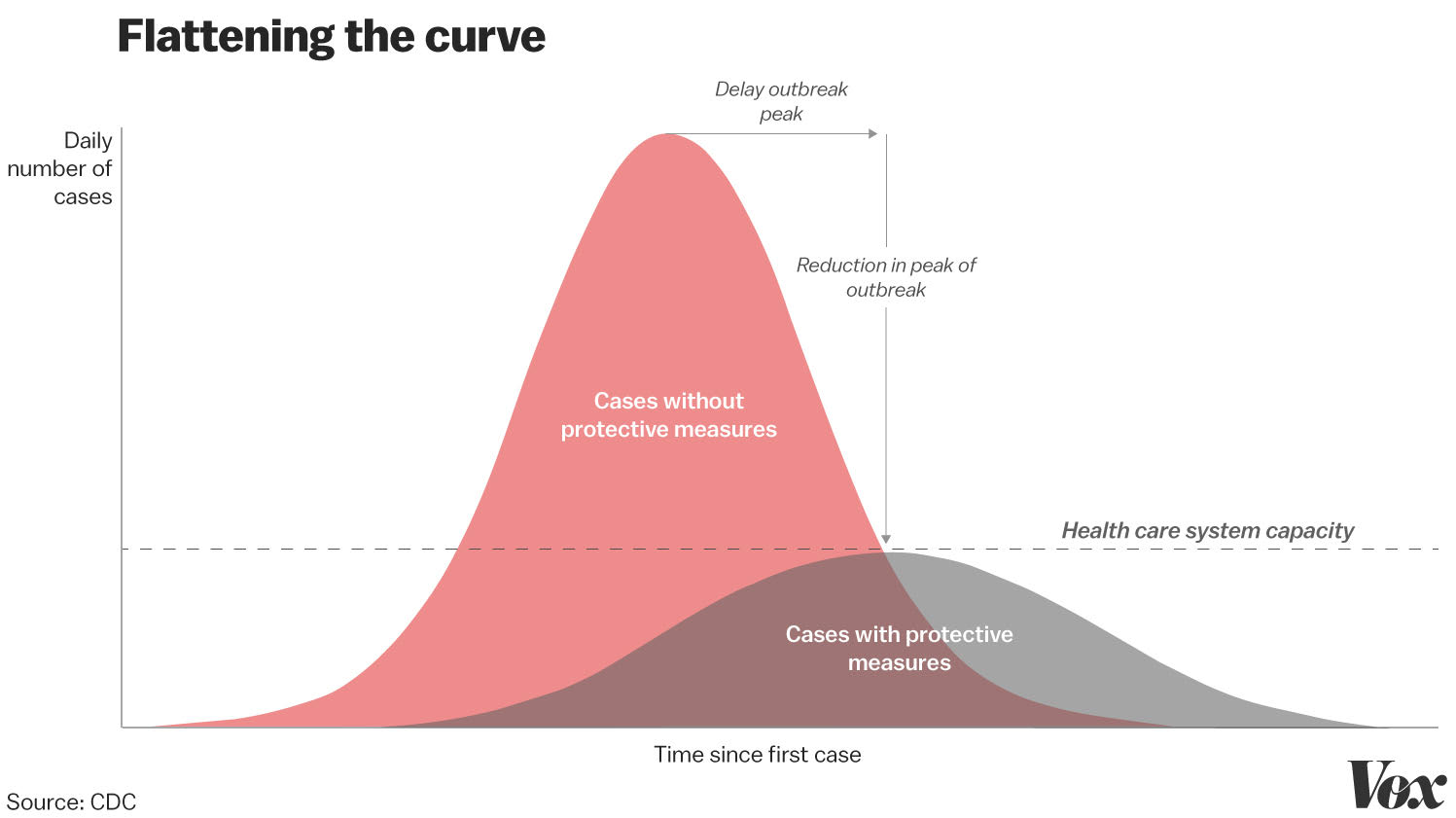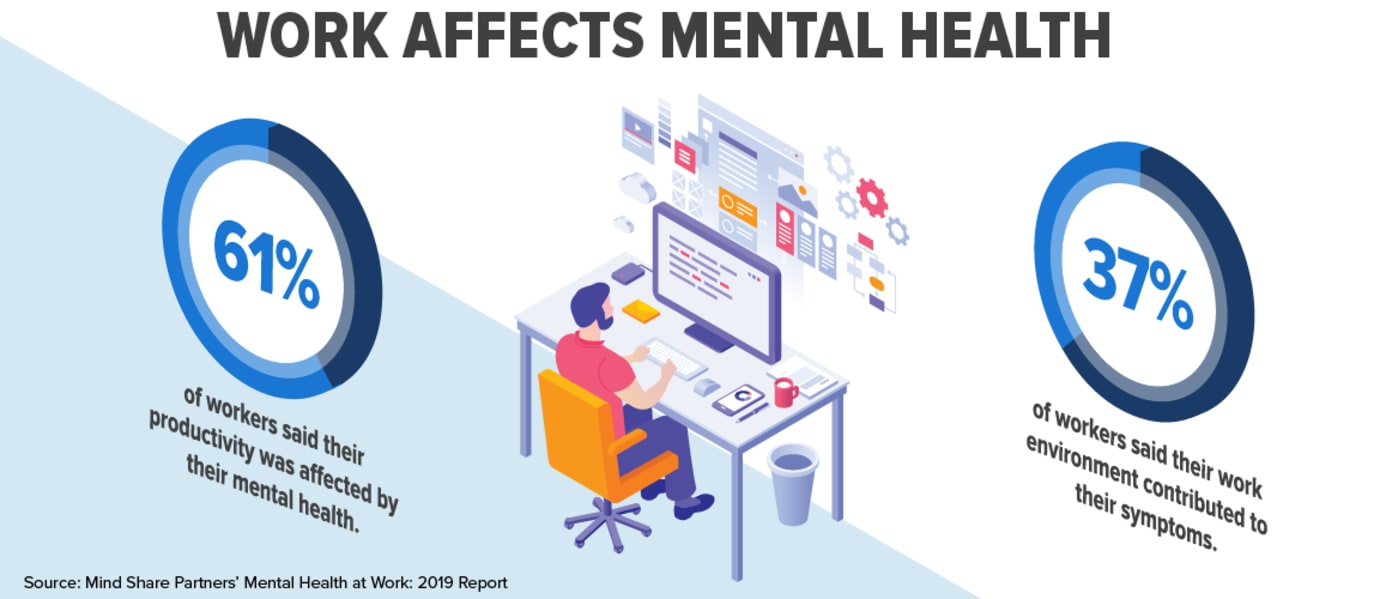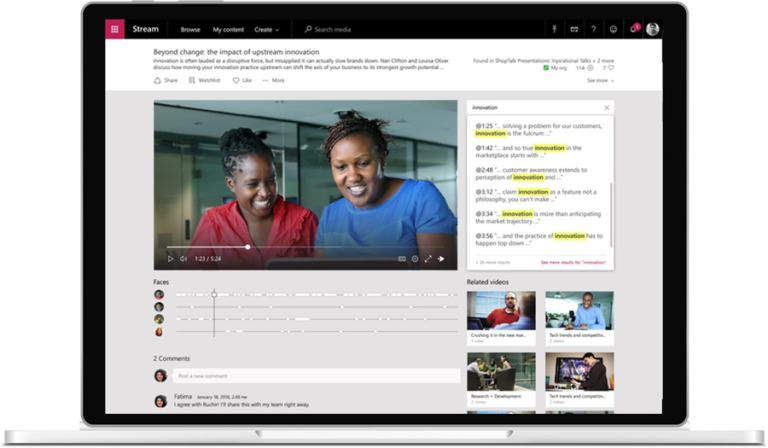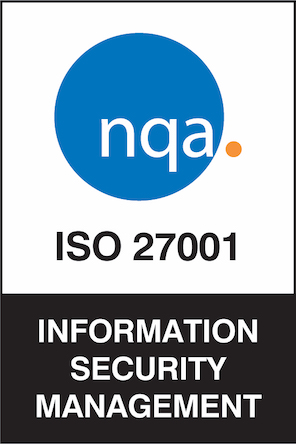Internal communications centred around wellbeing has always been something that companies strive for. Times of crisis like the one the world is currently experiencing have called into question the veracity of many companies’ commitments to the physical and mental health of their employees. But how do you ensure that your employees are cared for no matter where they are? Key to this is a coordination of efforts between human resources (HR) and internal communications.
The State of Wellbeing Internal Communications
The idea of wellbeing in the workplace is something that has risen in prominence in recent years. Many companies have implemented programs under the work-life balance banner. Some offer subsidised gym memberships or even have gyms in their building, others offer yoga classes—all focused on helping employees be fit and healthy.
What is often left in the backburner is mental health. In fact, a report by the PRCA found that over 57% of comms professionals are hesitant when it comes to mental health issues when crafting wellbeing internal communication plans and communications. It’s a troubling statistic when you consider a study by Bustle revealed that one out of every four Americans suffers from anxiety at work.
The Situation Today
While COVID-19 is a disease that affects physical health, the crisis surrounding it has uncovered a whole spate of mental health issues. Many are affected by what is being called the trauma response that COVID-19 has brought out. That is not even considering those who have pre-existing conditions. Apart from deep feelings of depression and anxiety, many have started to report what is essentially a trauma response that can be likened to PTSD, more commonly associated with wars or natural catastrophes.
A lot of this is due to the rapid shift that people have had to make in order to comply with government-mandated lockdowns and home quarantine measures. The isolation, need to be distant from other people, and inability to go beyond the confines of one’s home has been taking its toll. Many companies scrambled to set themselves up remotely, and now – many weeks and months into the crisis – some are now starting to roll out initiatives meant to address the mental health needs of their employees.
Cisco has been leading the way in this regard with a lot of its wellbeing internal communications efforts starting to recognise the mental health issues that COVID-19 is causing. Thus far, much of their work has revolved around improving the quality of the work from home experience—which can be anxiety-inducing given the variances in reliability when it comes to home connections, family situations and even available technologies.
Wellbeing Internal Communications and the Role of Human Resources
There used to be a clear distinction when it came to who led on employee mental health and wellbeing in the workplace. Human Resource departments would design and implement the programs and initiatives, and comms would handle the internal communications.
With many now thrust in a remote setting, HR is now one step removed from employees. With the deeper experience and expertise of the technologies that enable communication and collaboration remotely, HR practitioners now – more than ever – need to work closely with comms to be effective.
The Challenges of Crisis and Wellbeing Internal Communications Response
It isn’t just the physical distance that’s a problem. Equally difficult is the lack of precedent given the scale and scope of the global reaction to the COVID-19 threat. All of the policies that previously supported a strong human resources culture within a company are being turned on its head. While most employees can apply for leave, receive benefits and support with a now-fully online system, how will they be able to effectively operate in the new world we are entering? This is why companies like Salesforce are launching new services to help companies safely open their doors and reinvent their day-to-day operational models as the workplace continues to react to the spread and containment of coronavirus.
Policies and Procedures Need Reimagining and Communicating
It isn’t just a lack of accessibility to physical forms and locations that is the problem. In fact, it’s merely a signal that policies need to change at a fundamental level—and the associated procedures along with it. For one thing, HR practitioners now need to take advantage of online collaboration platforms like Microsoft SharePoint for things like contact tracing that they may need to implement as a result of their company’s crisis response plan.
This is also where internal communications efforts around wellbeing come in. It is a given that everything affected employees receive needs to be comprehensive and clear in terms of directions. This should be transmitted across as many channels as required to ensure all employees the communication is targeted towards actually receive it.
Internal Communications Channels for Wellbeing
Assessment of viable channels is already a critical component of effective communication planning. When it comes to wellbeing internal communications, it takes on a whole new level of importance. The first consideration you must make is in regard to understanding the accessibility of channels for your employees.
While you should have a primary channel of communication that’s feature-packed to cover collaboration, conferencing, and rich communication, it’s also equally critical to have a lower tech backup just in case. An example of this is how some companies have gone back to SMS notifications for truly critical comms from particular key departments like HR.
Identify Key Issues Requiring Wellbeing Internal Communications
The World Economic Forum has rightly tagged the current COVID-19 crisis as ‘the world’s biggest psychological experiment’. Although this has mainly manifested in often humorous social media posts as the weeks of isolation set in, there are deeper issues that need to be uncovered. Anxiety and depression are two of the biggest mental health concerns here. The symptoms of those two conditions are heavily exacerbated by the necessary strictures of global lockdowns.
On top of that, the Centres for Disease Control and Prevention have also identified several stress responses that employees potentially face. These include difficulty in sleeping or focusing, changes in eating and sleeping patterns, excessive worrying, and even insecurity when it comes to work and life. Knowing which ones effect your people over time is key to coming up with an effective, coordinated response.
In the 1990s, France led the way in providing for accessible psychological care in crisis situations by fielding the Cellule d’Urgence Médico-Psychologique (CUMPS) to provide counselling in high-stress situations. This is something that many companies should consider setting up on a smaller scale. Such a team within a company can then send out regular pulse surveys through wellbeing internal communications channels to get a gauge of specific conditions afflicting workers.
Consider a Mental Health Response Plan
There are several things that a company can do to aid their employees during the course of the COVID-19 crisis when it comes to mental health. Perhaps one of the simplest is to provide guidance on the direction and measures the company is taking. As much as possible colleagues are looking for companies to be honest and upfront about what is being discussed and decided at a company level.
Another equally effective measure is to provide counselling—or at least connections to reputable counsellors—that your employees can actively reach out to. This can then be complemented by regular ‘check-ups’ via your comms channels. Some companies planning for the return to work post COVID-19 are restructuring work schedules to allow for more mental health breaks to avoid burnout. Whatever the response plan is, wellbeing internal communications will play a key factor in its effectiveness within the enterprise.
Carefully Plan and Execute Wellbeing Internal Communications
This is where comms really comes into its own. Provided a well designed HR plan, the responsibility next falls on IC to come up with the strategy of how to effectively communicate the plan. A platform like ICPlan is extremely useful in this regard because it is specifically built to do just that. The calendar is central to ICPlan and allows you to carefully plot out wellbeing internal communications with heatmap functionality giving you insights into what days you may have too many communications going to a particular audience.
It’s always important to make sure you are not over-communicating and helping give people the ability to absorb information in a useful and meaningful way.
Ensure you have regular check ins with human resources scheduled to ensure that you are both on the same page. More than ever, it’s equally important to track readership and understanding. Given how important mental health considerations are in the current crisis, it also helps to cycle out the same information—including any updates—as the weeks progress.
A Duty of Care
There isn’t one thing that makes for a perfect wellbeing internal communications plan—or a crisis response plan for that matter. There are many factors to consider that include how both your business and each individual employee is affected. What can be considered ‘best’ are those responses that come from a place of empathy and duty of care.
When it comes to internal communications for wellbeing, this is complemented by a clear plan for informing and ensuring that the communications are understood and actioned. With the remote set up many companies are having to implement, it’s critical that departments work more closely together for the common good given their specific remits and relevant expertise.











